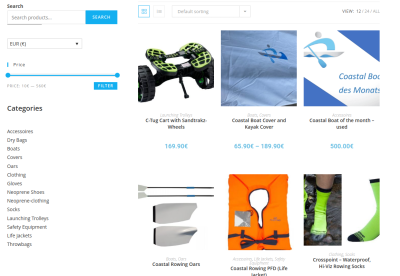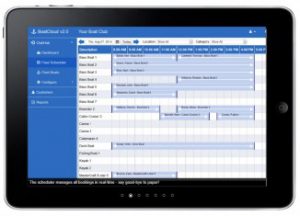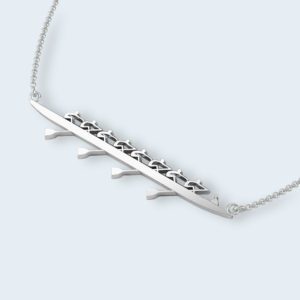How much layback is needed on an erg? Here is a good explanation from Concept2
“At the finish of the rowing stroke, the upper body is leaning back slightly, using support of the core muscles. Biceps and back muscles also help to maintain the finish position of the upper body. Legs are extended, stabilized by the contraction of the glutes and the quads. Shoulders are low, wrists are flat, the grip is relaxed, and the handle is pulled in to just below the rib cage.
What do we mean by “leaning back slightly”? In rowing, the backward lean of the upper body is called the “layback.” What is an ideal amount of layback? Hoew much layback is needed? Is it the same for everyone? What are the determining factors? And why is it important?”
We from Rowperfect have asked our Rowing Coach Susan from Fluidfitness to give us an answer: Indeed, there are many techniques to do a proper finish. Depending on your erg and depending on your training targets. But some athletes probably think you have to pull the handle to your neck …
How much layback is needed? Pull it to your neck?
Susan describes this finish position: We are referring to the rowers who pull the handle up towards their neck rather than straight back towards the lower part of the sternum… I’ve not seen any official research on this but have read a fair amount of discussion. My conclusion from it was that if you row on the water you should row the same way on the machine i.e. pull the handle towards the lower part of the sternum.
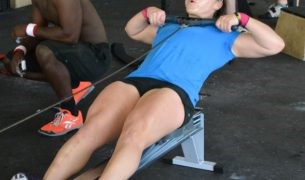 Extreme Layback Credit: ucanrow
Extreme Layback Credit: ucanrow
Exceptions may be when you are sure you’re back is strong enough to support the extra layback a higher finish often necessitates, or that you are able to avoid tendonitis that the repeated flicking of the wrist could cause, or if you are a very experienced/elite rower and find that the higher finish style improves your erg score without detracting from how well you row on the water.
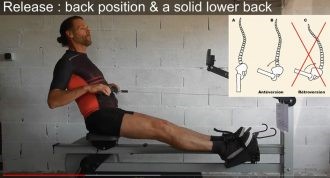

Jean – Pierre, our French coach advises also not to lay back too much. He has experienced, that competitive rowers try to gain extra length and erg-meters during indoor competitions by having a longer layback.
The ergs makes the difference?
Susan: “Related to this I expect you see more people rowing high on a Concept 2 than on an RP3 because more water rowers use the RP3 because of how it emulates rowing on the water better. Accordingly they row as if they are on the water. Of course, all of the above is mostly speculation. It would be interesting to research more.
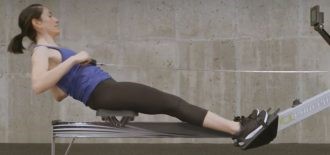

The layback adds to the length of the rowing stroke, engaging more muscles through a wider range of motion and thereby enabling the athlete to generate more power per stroke. So then why wouldn’t you want to lay back even further—extending the stroke as far as possible?
Finish position – Problems with extreme laybacks
Concept2 advises: There are several problems with extreme layback:
- It’s a hard position to hold and requires a lot of core strength.
- It’s a relatively weak position, from which you are not able to put much force on the RowErg handle.
- It’s going to take a while to get back up from that position and move the body toward the catch for the next stroke, wasting valuable time and energy, and lowering your stroke rate.
So, do you know how much layback is needed? The general rule of thumb is to think of the hands on a clock and aim to have a layback that puts the body at 1 o’clock (or 11 o’clock if you’re looking from the other side!).

